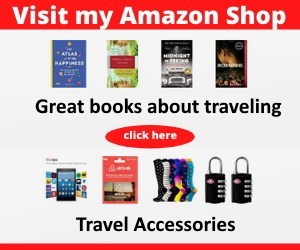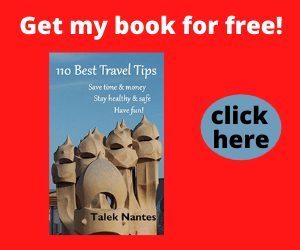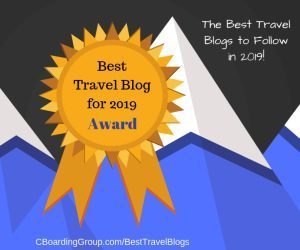You can’t pass on a chance to visit one of the many Australian wildlife sanctuaries where you can see the unique animals of Australia, such as Tasmanian devils, kangaroos, and koalas in their natural habitat.
Australia is truly an animal lover’s paradise, and making a trip to one of these amazing wildlife sanctuaries should be part of any Australia itinerary, for sure.
These Australian wildlife sanctuaries care for animals, conduct breeding programs, and perform research. They are instrumental in bringing some wildlife of Australia back from the brink of extinction.
Most of these sanctuaries are funded completely from private donations and admission fees. Here are three of the best animal sanctuaries in Australia that are truly making a difference.
Incredible Australian Wildlife Sanctuaries
You Must See
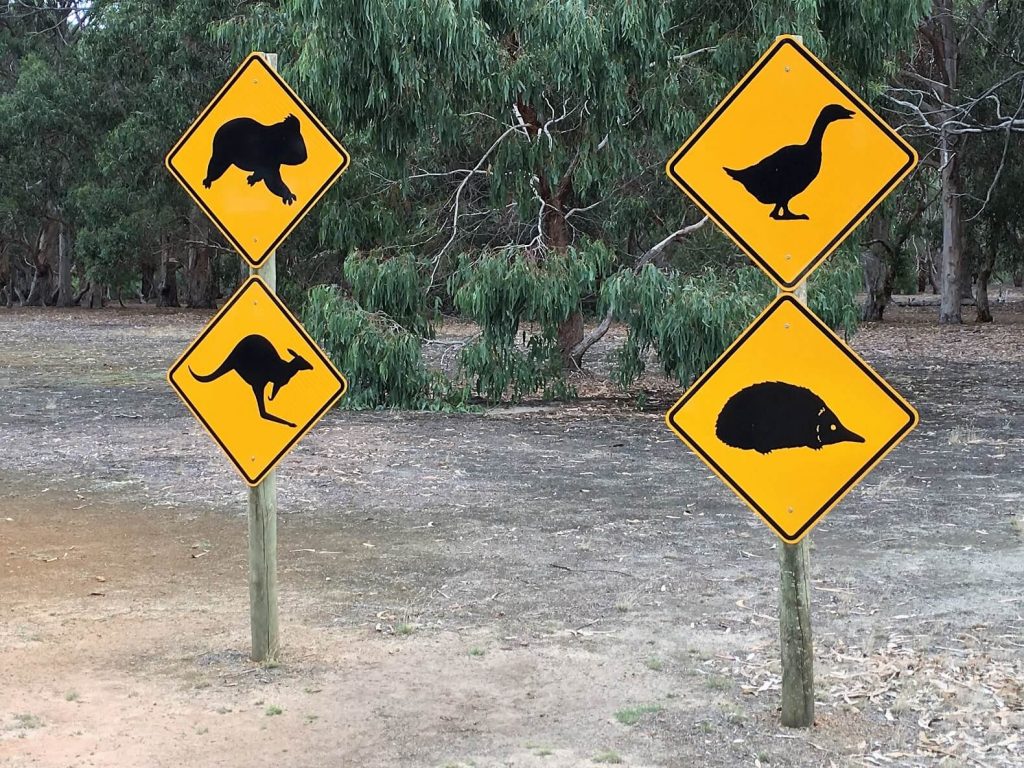
Table of Contents
ToggleMoonlit Sanctuary Wildlife Conservation Park
About an hour from Melbourne, Moonlit Sanctuary Wildlife Conservation Park functions as an outdoor classroom, teaching visitors about the animals.
During the day, the staff at this amazing Australian wildlife sanctuary give educational tours. At night, the tours offer explanations of how nocturnal animals live in the wild.
The sanctuary cares for a wide variety of Australian wildlife, such as wild dingos and kangaroos.
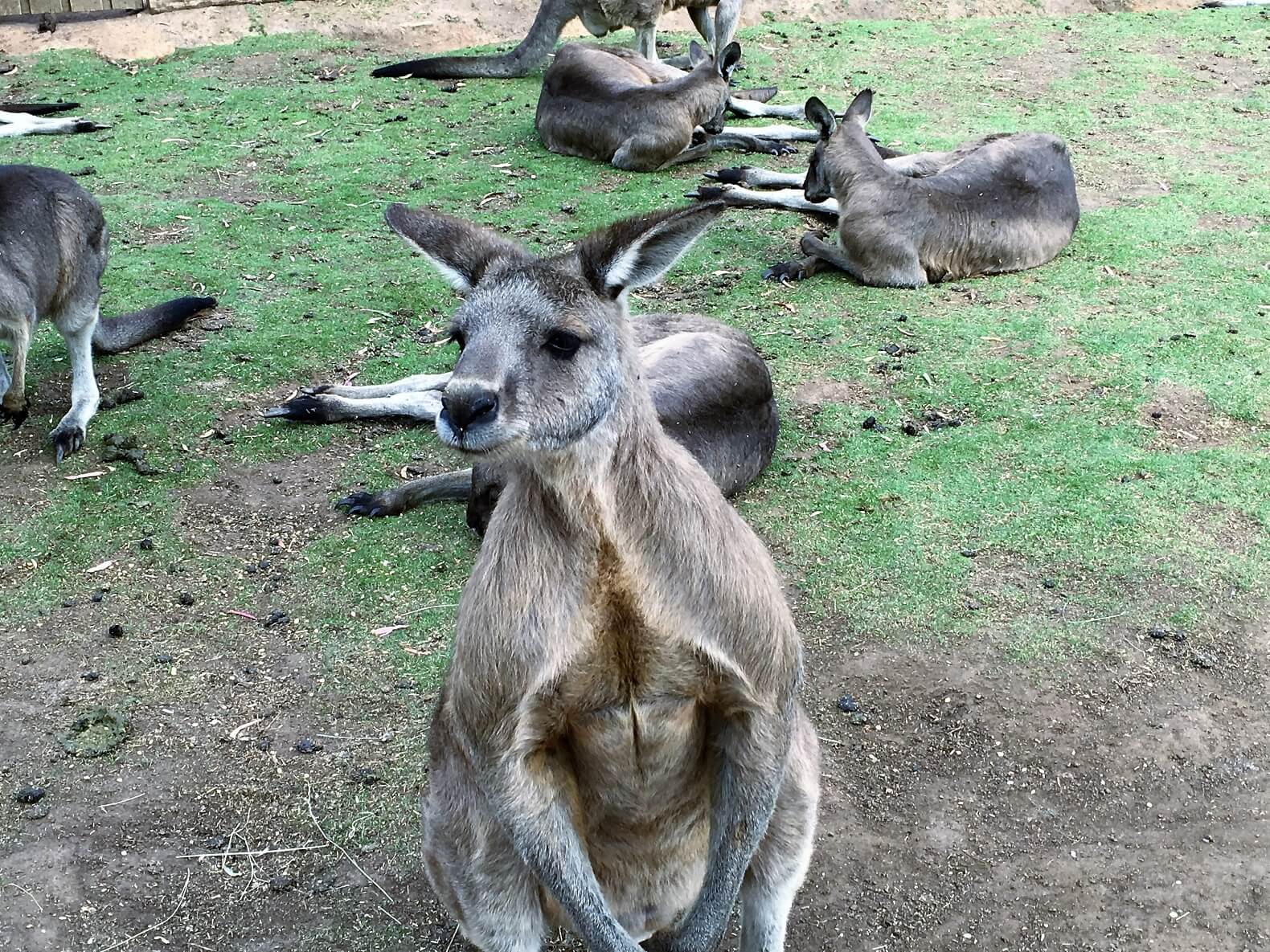
Bonorong Wildlife Sanctuary
Bonorong Wildlife Sanctuary is home to many animals and serves as a koala sanctuary as well as a kangaroo sanctuary. But the Tasmanian devil is the star attraction of this, or any, Australian wildlife tour.
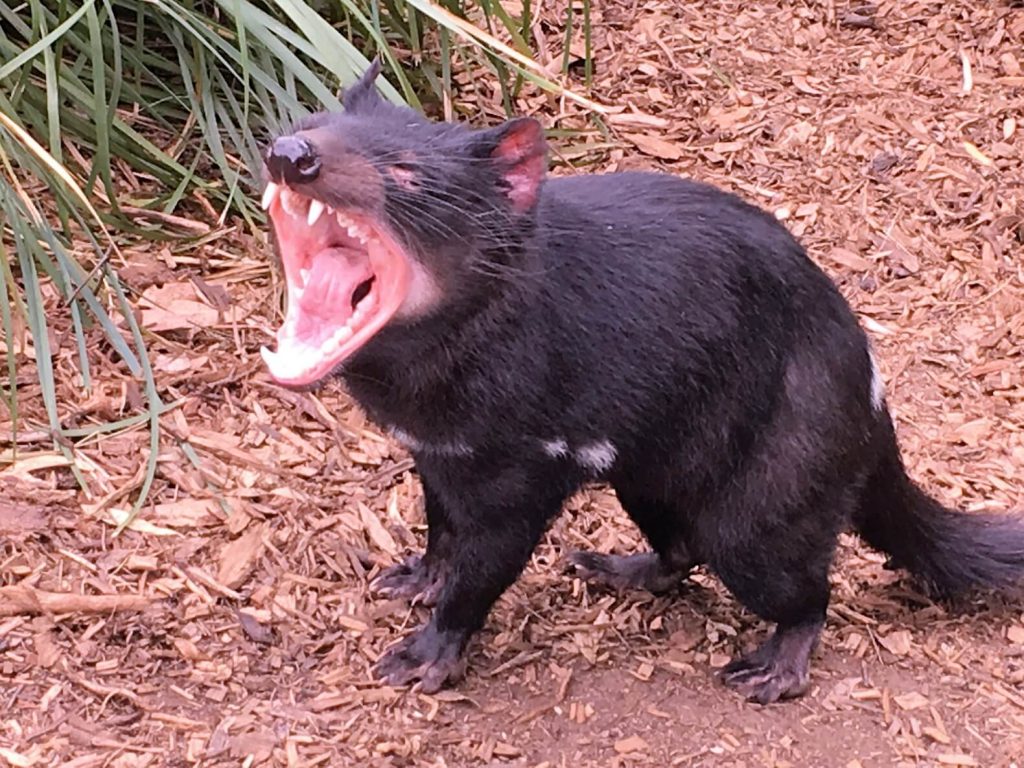
The Devil is a carnivorous marsupial native to the island of Tasmania off the southeastern coast of Australia.
He is called “devil” because when the first European settlers landed in Tasmania in 1822, they would hear frightening screeches at night that they imagined was what the devil sounded like. Turns out it was just this local animal about the size of a small dog.
The devil has strong claws, frequently displays its fangs, and emits a foul stench when it is stressed. He sometimes hunts but is basically a scavenger that eats everything; bones, fur. Sounds like a real attractive guy!
Naturally, the local human population saw a stinky, fierce-looking, screeching creature as a threat and hunted it almost to extinction by the 1990s.
In 2008, the devil was classified as an endangered species, and its numbers began to climb again as the wildlife sanctuaries began protecting them.
Just as things were looking up for this timid marsupial, a fatal disease called devil facial tumor disease (DFTD) destroyed about 80% of the devil population. These poor guys just couldn’t catch a break.
Now, between the Australian government and local animal sanctuaries like Bonorong, efforts are having some success addressing the disease, and the Devil’s comeback is back on track.
Just for the efforts regarding the Tasmanian devil, Bonorong Wildlife Sanctuary ranks as one of the best wildlife sanctuaries in Australia.
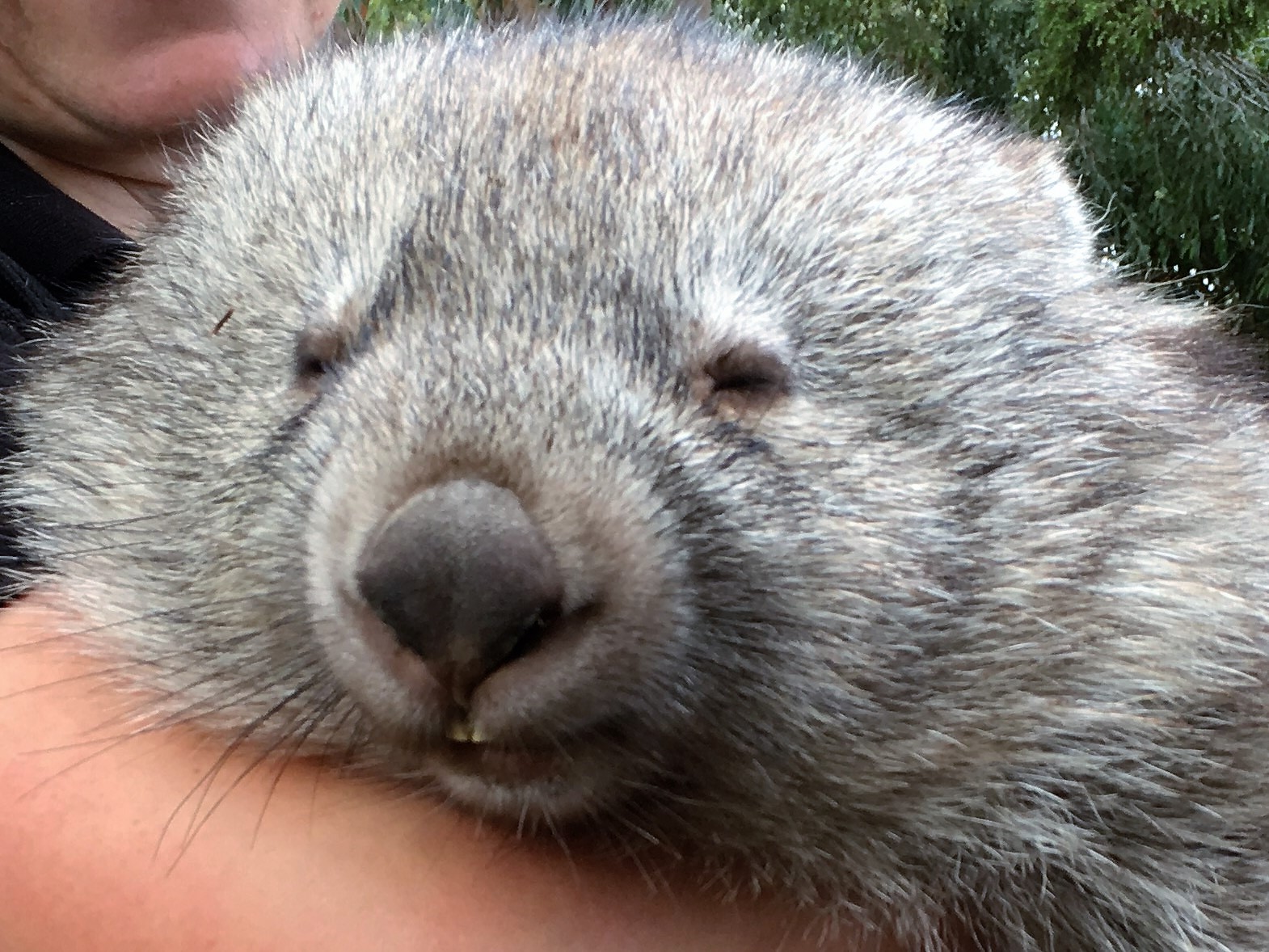
Seal Bay Conservation Park
Ever since European settlers came to Australia, sea lions have been hunted for food, skin, and bait. Some species were hunted close to extinction.
In 1954, Seal Bay, on the southern coast of Kangaroo Island, was declared a habitat protection zone and is now known as Seal Bay Conservation Park.
Today, this Australian wildlife sanctuary supports a large colony of Australian sea lions and welcomes over 100,000 visitors.
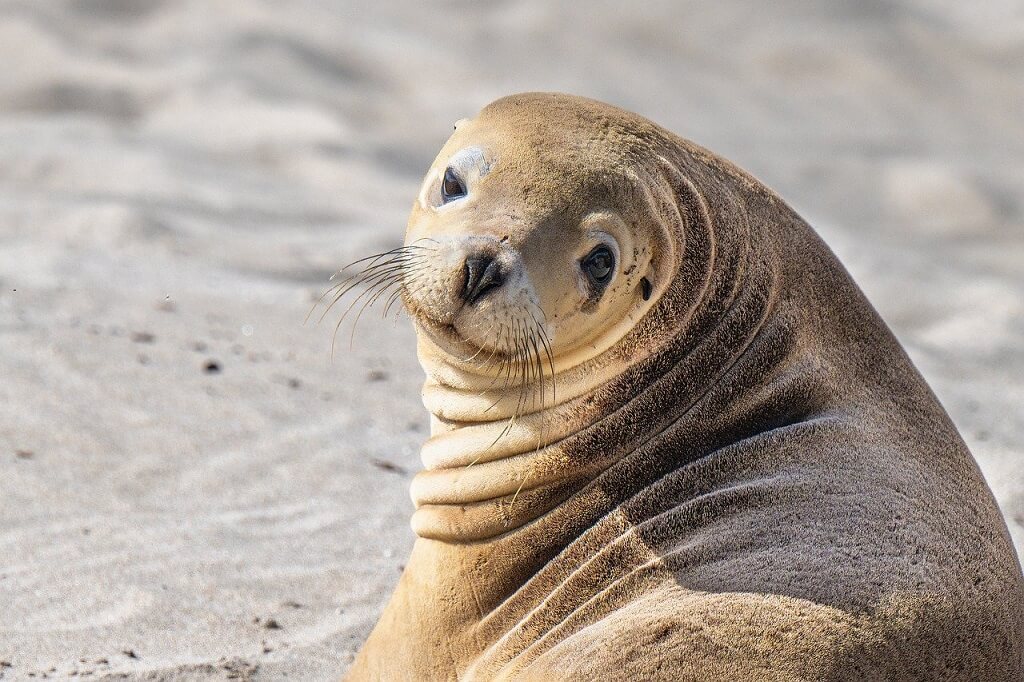
The area is so restricted that visitors can only view the seals with a guide. Still, you do get reasonably close in their natural habitat without disturbing the seals.
Also on the southern coast of Australia’s Kangaroo Island is another seal colony. Here, the seals frolic in a natural pool, secure in the knowledge that the Great White sharks can’t get at them.
Healesville Sanctuary
Healesville Sanctuary is in the Yarra Valley, about 40 miles from Melbourne. Established in 1934, it is one of the oldest and best-known wildlife sanctuaries in Australia.
The sanctuary houses and cares for all of Australia’s wildlife, including birds living in the massive aviary.
The animal sanctuary’s biggest claim to fame is that it was the first organization to breed platypus in captivity in the 1940s. This was considered a major achievement in the animal conservation world.
This is one of the larger animal sanctuarie,s so plan to spend a good day here. There is certainly plenty to see and do.
One must-see activity is the Birds of Prey presentation, where Australian raptors and other birds of prey thrill visitors with their amazing hunting skills. The is also the home of the famously colorful Australian lorikeet.
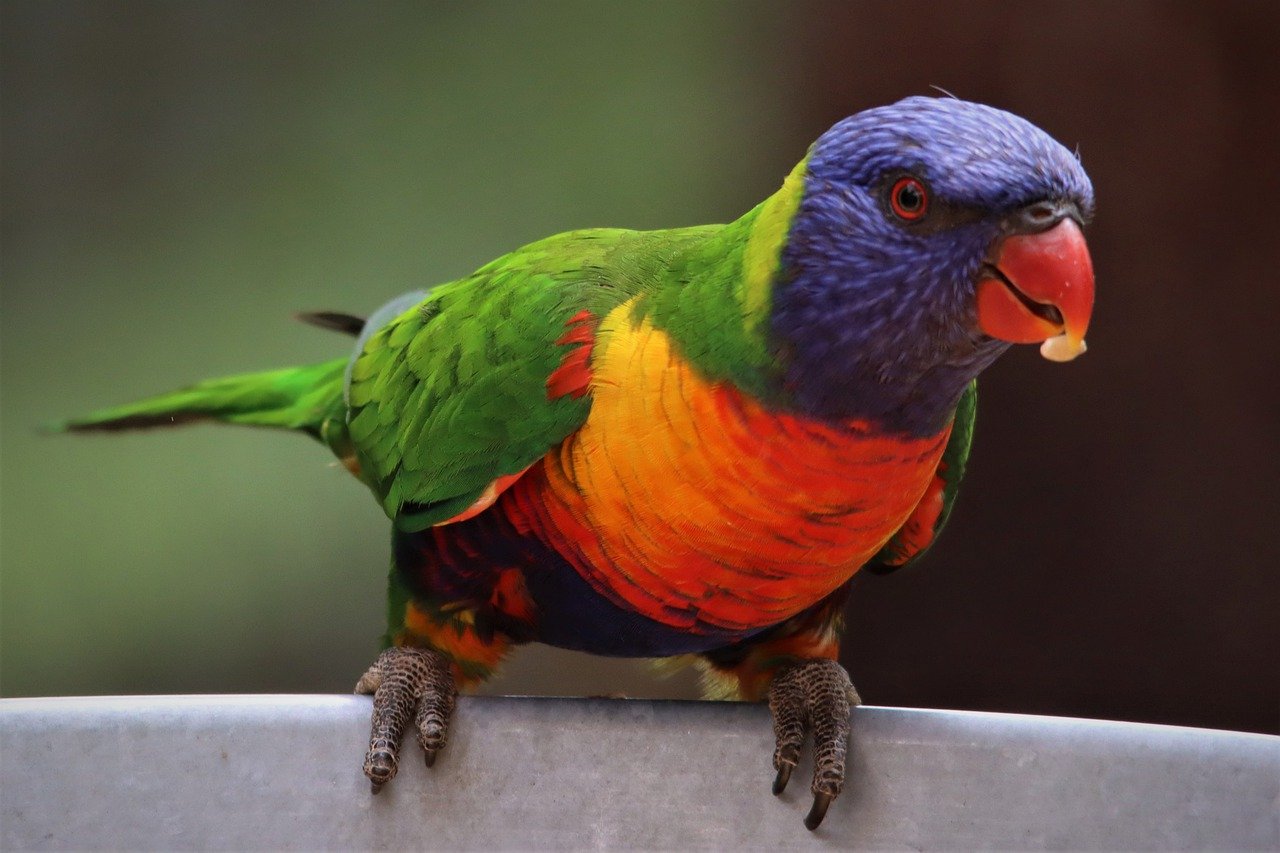
The sanctuary also offers excellent educational opportunities. Veterinarians perform procedures on hundreds of sick and injured animals every year and visitors can see some of the procedures, from routine checkups to surgery.
Other educational presentations include talks about wombats, Tasmanian devils, koalas, platypus, and kangaroos.
There are excellent animal viewing opportunities throughout the wildlife sanctuary’s many acres, so plan your day beforehand to ensure you see what interests you the most.
The Kangaroo Sanctuary
Get up close with Australia’s iconic native wildlife at the Kangaroo Sanctuary in Alice Springs, one of the best Australian wildlife sanctuaries, for an unforgettable wildlife experience.
Founded by Brolga, a passionate local wildlife guardian, the sanctuary started small by rescuing orphaned baby kangaroos, adorable koalas, and nursing them back to health before releasing them into their natural habitats in the Australian bush.
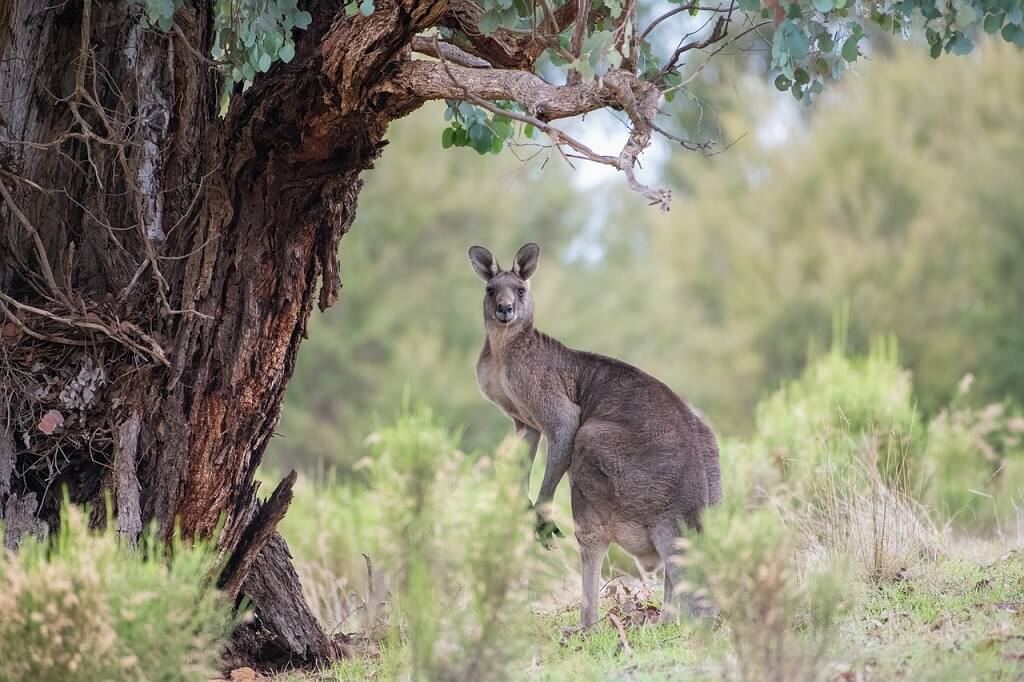
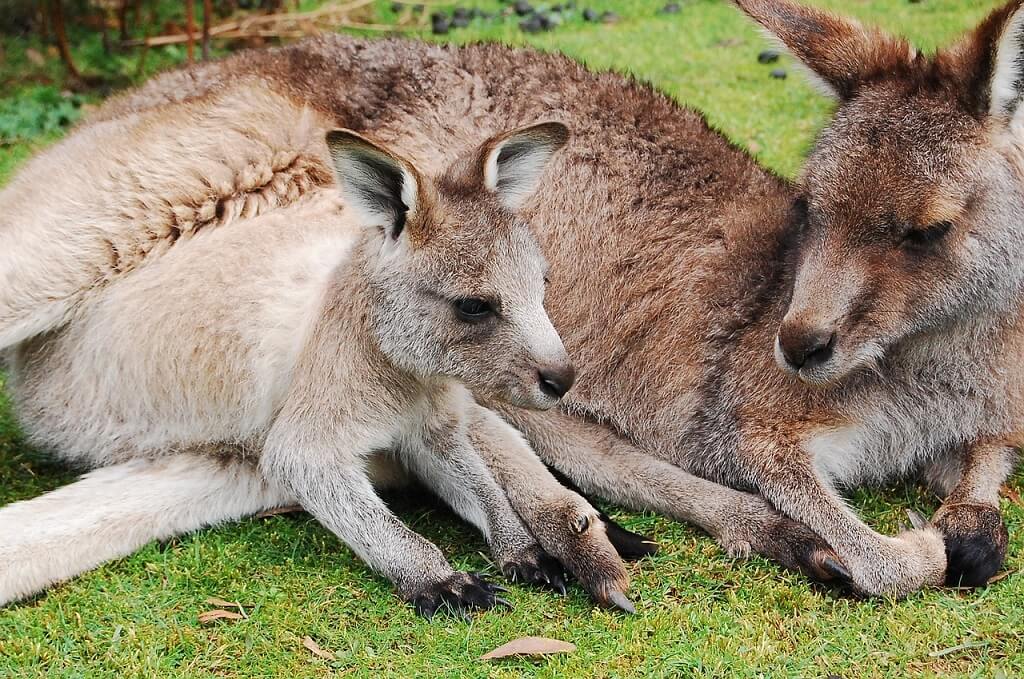
Thanks to conservation efforts and support from animal lovers, this small wildlife hospital has grown into a sanctuary that survives on donations from visitors who come for guided sunset tours led by Brolga himself.
All profits support the sanctuary’s conservation projects protecting endangered native animals like Tasmanian devils, long-nosed potoroos and other iconic Australian wildlife.
Interact with kangaroos, feed them by hand and watch them hop freely at this top destination for an up-close encounter with Australia’s unique wildlife wonders.
This is an inspiring project and the best way to learn about Australia’s local wildlife and culture and experience the beauty of the Outback first-hand.
Koala Hospital
Get an up-close look at Australia’s most adorable native wildlife at the iconic Koala Hospital in Port Macquarie, New South Wales, one of the country’s best wildlife sanctuaries and rehabilitation centers.
Established in 1973 as a non-profit organization dedicated to the care and conservation of koalas, this animal-lover’s paradise provides shelter and treatment for sick, injured or orphaned koalas with the goal of their eventual release back into the Australian bush.
Koalas arrive at the hospital for help with common issues like bacterial infections or after traumatic events like traffic accidents, dog attacks, or storm damage to their eucalyptus trees.
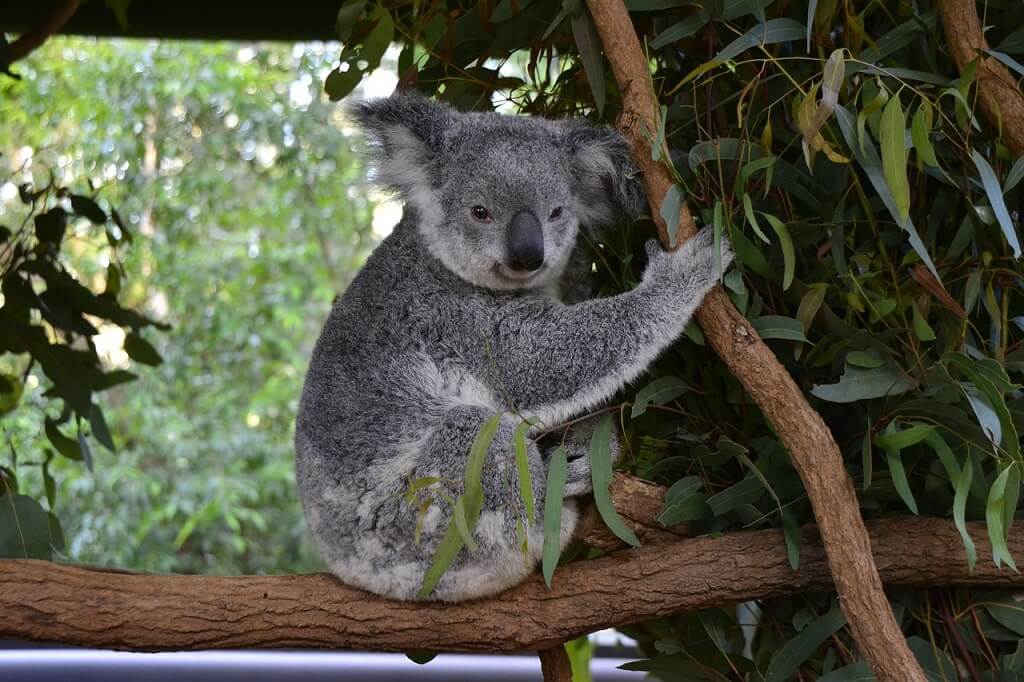
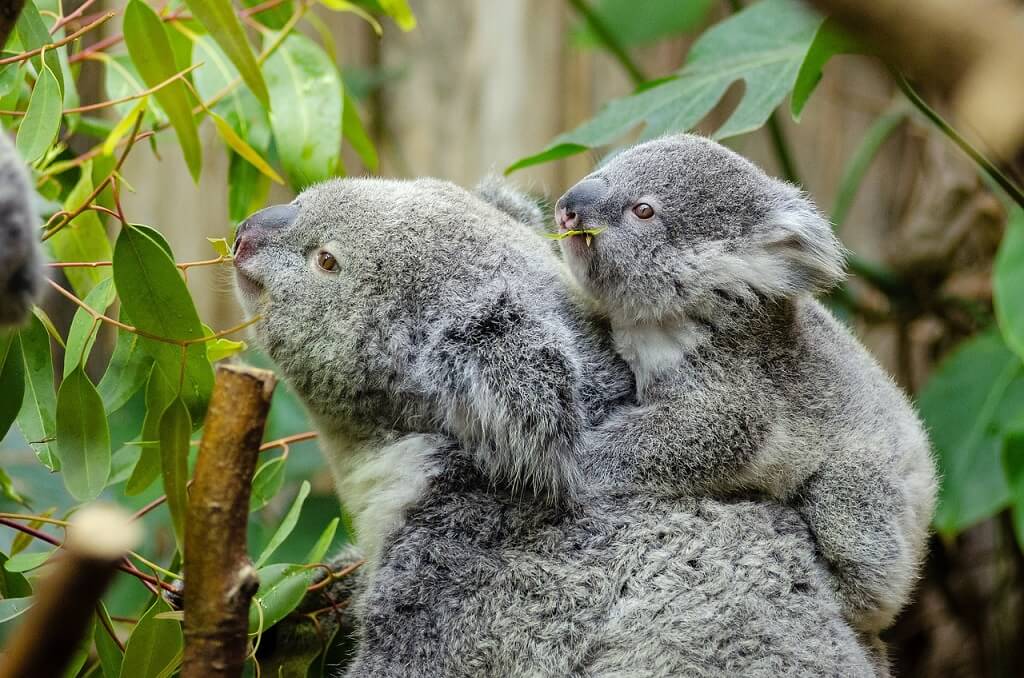
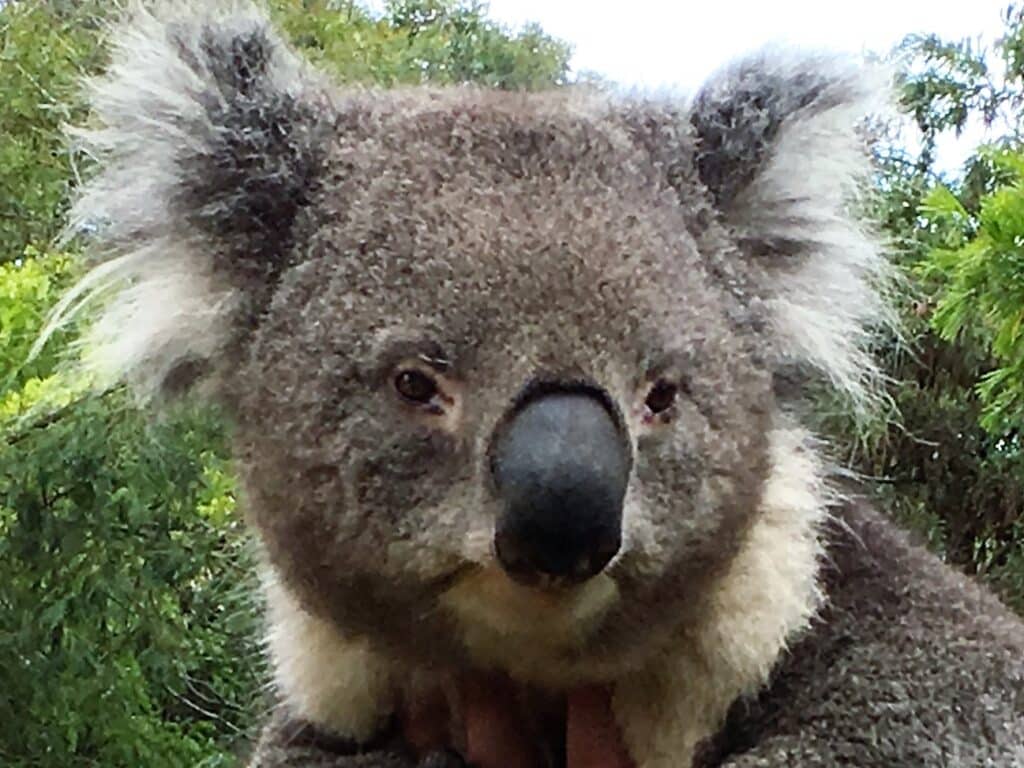
The hospital has an intensive care unit and outdoor rehabilitation enclosures designed to nurse these threatened species back to health through dedicated veterinary care and prepare them for reintroduction to the wild.
While you can’t touch or hold koalas during your visit, guided tours provide a unique opportunity to observe them up close and learn about their habits and ecology from knowledgeable guides.
You can support this iconic sanctuary and native wildlife by booking a tour – no admission fee, but donations are always appreciated. An inspiring first-hand wildlife experience for animal lovers!
Daintree Rainforest National Park
Experience Australia’s ancient wonders in Daintree Rainforest National Park, part of the iconic Great Barrier Reef and one of the world’s most unique wildlife sanctuaries.
Nestled in the lush rainforests of Far North Queensland, this breathtaking UNESCO World Heritage site is home to an incredible diversity of native Australian animals found nowhere else on Earth.
Daintree features ancient, endangered species like tree-dwelling kangaroos, cassowaries, rare frogs and reptiles dating back to prehistoric times.
The best way to spot local wildlife like crocodiles, tropical birds, and marsupials is by booking a guided rainforest tour – an unforgettable first-hand experience led by knowledgeable wildlife guardians.
You can visit during Australia’s winter for a more comfortable climate and fewer insects. Support for this fragile ecosystem is through sustainable tourism, and conservation efforts protect this oldest rainforest and its threatened species.
Daintree is an ancient landscape unchanged for millennia and offers a unique opportunity to glimpse Australia’s magnificent wildlife up close.
*****
Don’t forget to check the Australian public holidays schedule to coordinate your visits.
Learn more about the wildlife sanctuaries in Australia from these guides and from the posts, Kangaroo Island and Discover Tasmania.
And if you’re a diver, be sure to add The Yongala off Queensland, Australia, to your top dive sites list for viewing wildlife. You can see manta rays, tiger sharks, bull sharks, and sea turtles!
What is your favorite wildlife sanctuary in Australia?
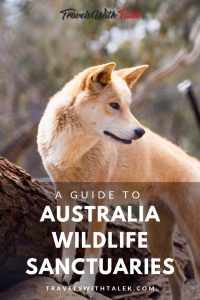

BTW, if you are getting ready for your trip, make sure to take advantage of these useful, money-saving links to book your trip:
- Research and book your flight with Skyscanner. I have found them to be the best because they list all airlines including the budget ones. You are always sure of having researched all options.
- For car rental around the world, Discover Cars has flexible pickup and drop-off options, I recommend Discover Cars.
- Book your accommodation with Booking.com. I find they have a wide selection and a nice, user-friendly, transparent website.
- Protect your trip and, more importantly, protect yourself with travel insurance. I use Travelinsurance.com and have been very happy with them.
- Looking for a small group tour to unforgettable destinations with top professionals? Intrepid Travel is your choice.
- For more general tours to any destination or attraction, book with Viator. Check them out.
- Need a visa? Get your visa for all countries with Passport Visa Express.
- Looking for a cool walking tour to explore a city? My favorite walking tours are offered by Take Walks.
- Food and drink tours are the best way to enjoy a city. And Devour Tours are my favorite.
- Looking for a good VPN to protect your security, privacy and freedom online while traveling? Nordvpn is your best option.
- The best and most economical way to stay connected while traveling is with an Airalo eSIM.
I personally use, and can recommend, all the companies listed here and elsewhere on my blog. By booking through these sites, the small commission we earn – at no cost to you – helps us maintain this site so we can continue to offer our readers valuable travel tips and advice.









